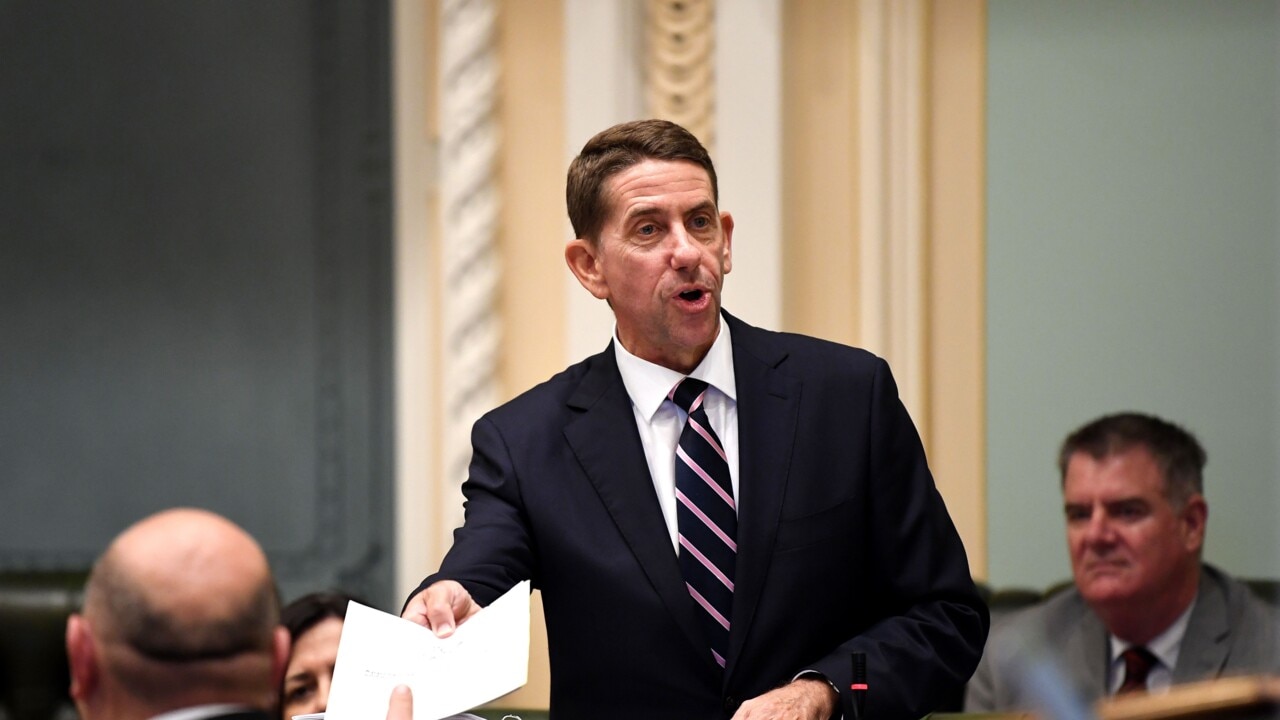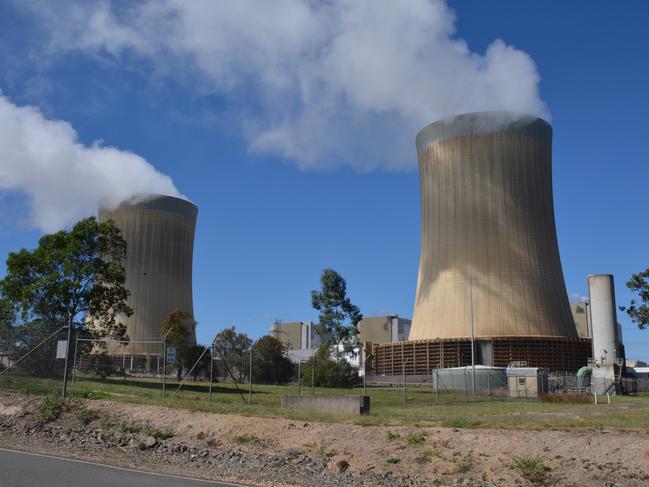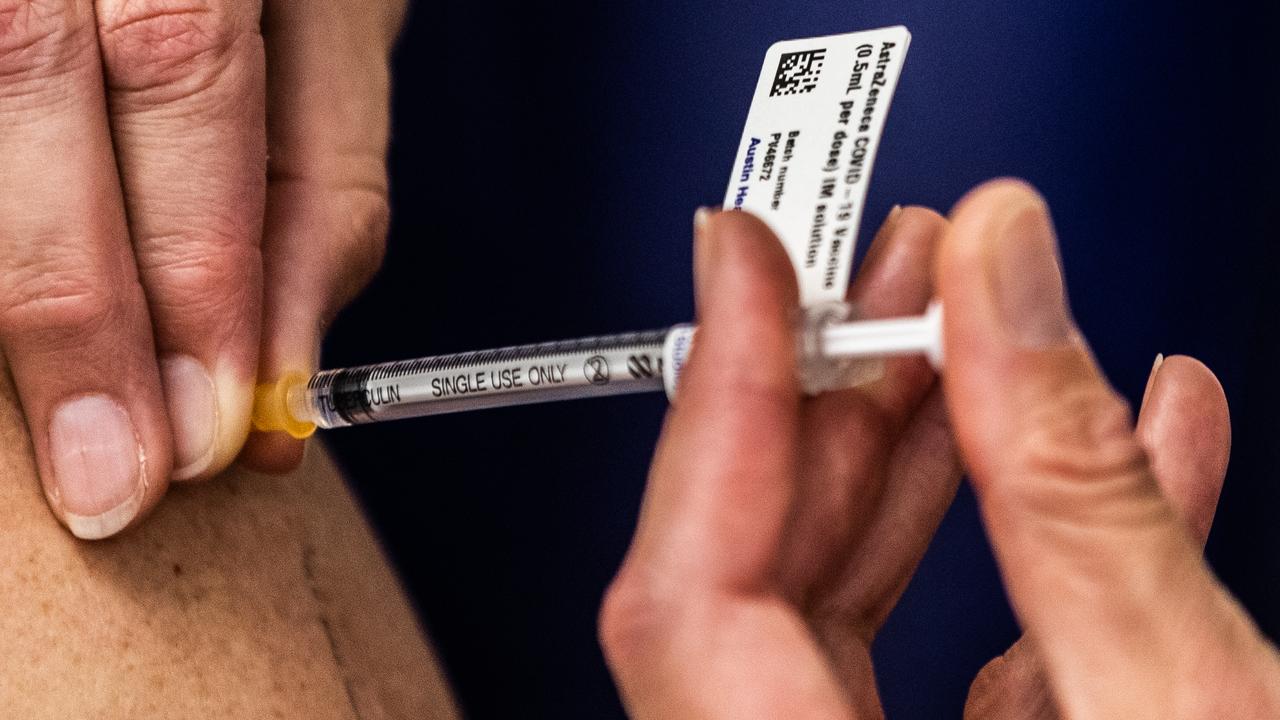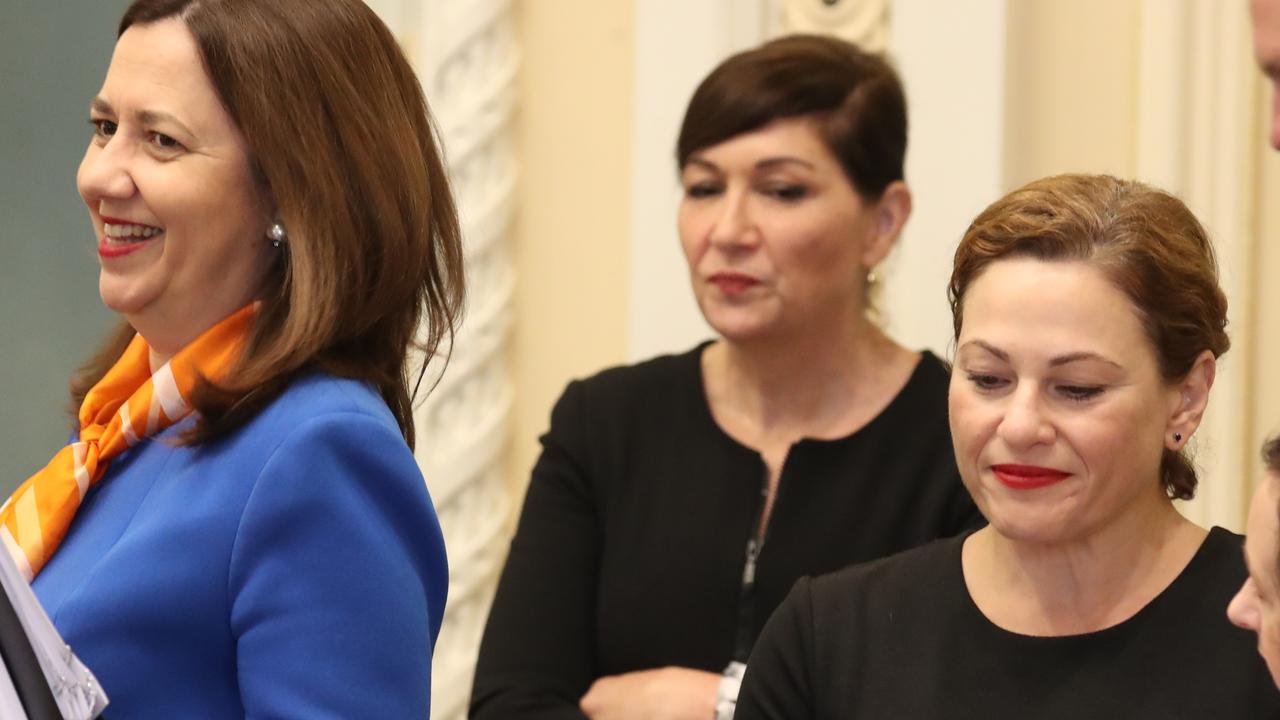Opinion: Qld government-owned corporations failing to pay their way
It was going to be a cash cow the state could use to pay down its debt. But all that has gone horribly wrong, writes Steven Wardill.

Steven Wardill
Don't miss out on the headlines from Steven Wardill. Followed categories will be added to My News.
Remember Annastacia Palaszczuk’s landmark promise during the 2015 election campaign that she’d pay down debt using the profits of government-owned businesses?
It was always a bit of a furphy given that cash is already spent each year covering existing government costs and the only way to redirect those profits towards debt was to cut.
But it was appealing nonetheless to most Queenslanders who believed selling publicly-owned assets would lead to higher costs.
However the rich rivers of cash that Palaszczuk had her eye on have now evaporated.
Those power, rail, water and port businesses – including Queensland Rail, Energy Queensland, Powerlink and Seqwater – are now collectively costing Queenslanders significantly more than they generate.
How much more, you might ask?
Well the 2020 Budget, which was belatedly handed down by Treasurer Cameron Dick this week, revealed that the Government will have to pump twice as much cash back into these businesses than they will deliver in profits this year.

There’s no sign of this diabolical financial situation correcting itself any time soon, the forward estimates show.
If this was a private enterprise, the board would have called in administrators already and the chief executive given the chop.
The Budget revealed $1.2 billion would be milked from these operations in 2020-21 through dividends, tax equivalent payments and competitive neutrality fees.
Yet at the same time the Government is having to pump $2.4 billion back in to ensure the costs they charge Queenslanders through ticket, power and water prices don’t skyrocket.
And in the current financial climate, where revenue has collapsed, every bit of that cash injection is having to be borrowed.
Rather than pay down debt as Palaszczuk promised, these operations are racking it up.
The government has, and will always have to, subsidise public transport ticket costs and regional power prices.
It would be political suicide not to, and there are significant social and economic benefits from doing this.
However the so-called public non-financial corporations sector – a fancy name for government entities that are supposed to operate like businesses – used to generate more cash than it cost, or at least come close to breaking even.
This financial ruin can at least in part be blamed on forces outside the Government’s control.
However a rash of politically opportunistic and shortsighted policy decisions have also contributed.
Electricity demand has flatlined, which meant the forecast pre-tax earnings of generators Stanwell and CS Energy went from an $830 million profit to a $469 million loss in 2019-20.

What they returned to government, about $300 million, was half that of the previous year.
The same market forces are also impacting the electricity distribution networks Energy Queensland and Powerlink, which will deliver a dividend of just $106 million in 2020-21 compared to $771 million two years earlier.
However the decline in power revenues is also being impacted by new players in the wholesale market under the Government’s 50 per cent renewables by 2030 policy.
While it’s a worthy climate initiative, this outcome begs the question of whether it was wise for the Government to continue owning power assets while actively undermining their value.
The public contribution to Queensland Rail has risen almost 25 per cent in five years, and falling patronage due to the COVID-19 crisis would have increased the cost of subsidising ticket prices.
Yet Budget papers also show QR is wearing some of the costs for Cross River Rail, further denuding the argument that the public contribution towards the project was still $5.4 billion.
Over the next four years government-owned businesses are forecast to return just shy of $2.6 billion in dividends.
That sounds impressive, until you consider that they delivered $6 billion over the previous four years.
And part of the reason for this is the government has spent these future returns already, before Queensland faced this current crisis.
Now, when the Government could use every dollar it can get, it’s having to borrow money to give to these entities the funds they need for business as usual.





